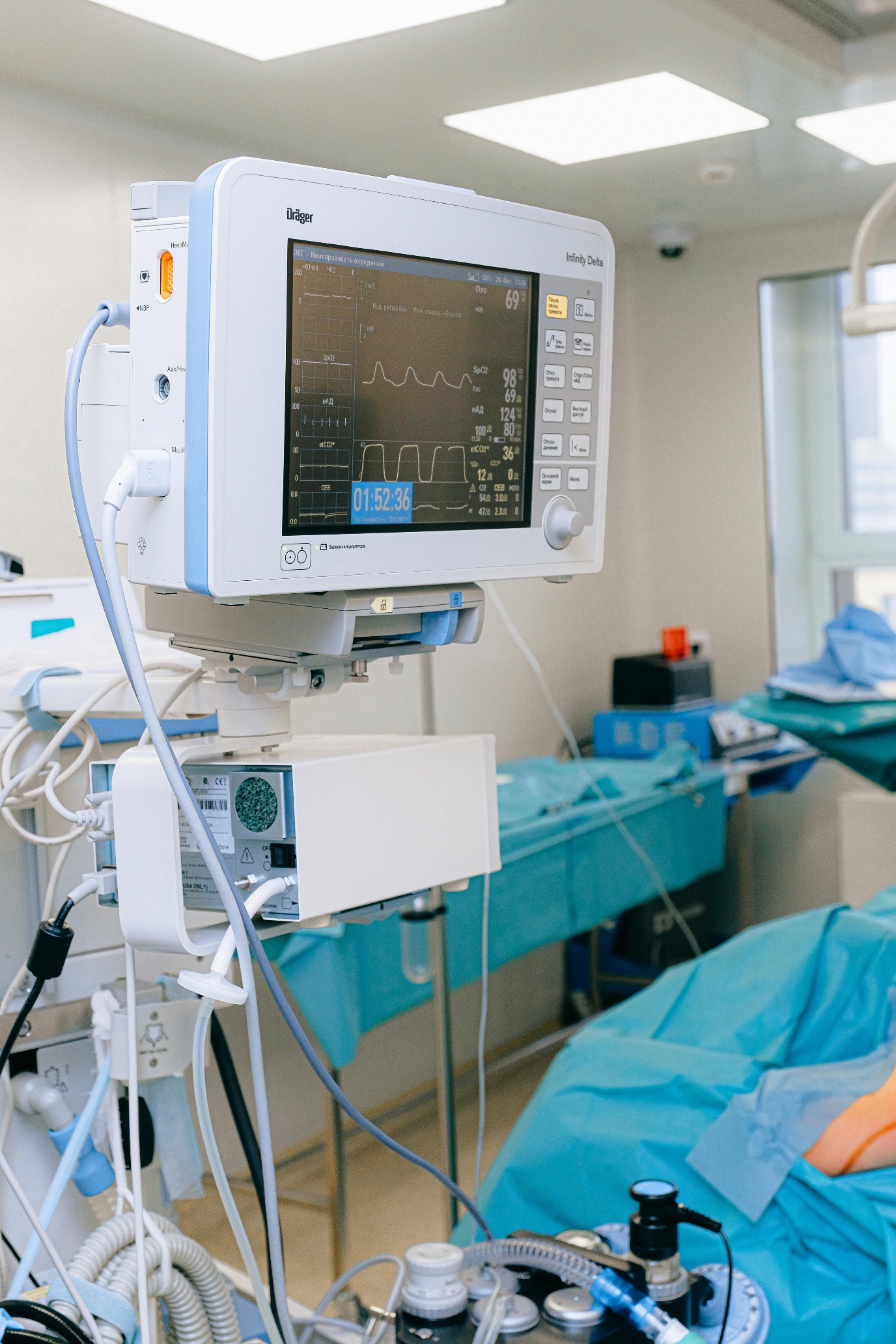Free radicals for an early diagnosis of sepsis

Sepsis is the number one cause of death in the intensive care unit. The body responds to an infection in an extreme way, which leads to all kinds of problems: blood clots form and organs fail, often resulting in death. The difficulty with sepsis is that the symptoms vary greatly, which means it is difficult to diagnose in time. Geert van den Bogaart, Professor of Molecular Immunology, collaborates with the University Medical Center Groningen (UMCG) on a method for the early detection of sepsis.
FSE Science Newsroom | Text Charlotte Vlek | Images Leoni von Ristok
‘Imagine you’ve got a small cut on your finger,’ Van den Bogaart says. ‘There will be some swelling, and the skin gets red. That’s because the blood vessels dilate locally, and they become permeable.’ That is a useful response of the body: it ensures that blood flows out of the blood vessels instead of bacteria flowing in, and it makes the blood pressure drop locally so that the blood can coagulate. And the infection fighters of the blood get a chance to reach the infection.

‘But if this reaction takes place throughout the body, at a systemic level, you’ve got a problem,’ Van den Bogaart explains. ‘Blood leaks into the tissue, with an enormous drop in blood pressure as a result. This leads to blood clotting, and organs no longer get enough oxygen.’ Such a systemic response can take place when bacteria enter the bloodstream, for instance. In many cases it leads to death, and if not, almost always to permanent damage.
Gut feeling
‘Sepsis is difficult to diagnose,’ Van den Bogaart points out, ‘because symptoms vary greatly between patients.’ A patient who enters the emergency room might have a high heart rate, a fever, or experience confusion or pain in the body. ‘Doctors use a sepsis checklist to diagnose it, but ultimately they rely on their gut feeling, research showed.’

Free radicals
Reason for Van den Bogaart and colleagues Romana Schirhagl and Hjalmar Bouma of the UMCG to search for a method to diagnose sepsis more objectively and quicker. They do this by measuring the levels of free radicals in the body: molecules that either miss an electron or carry an extra electron, which means they are eager to bond to other molecules.
The body starts making these free radicals as soon as it notices an infection. Van den Bogaart explains: ‘When certain white blood cells encounter damaged tissue in the body, they start making cytokines, the hormones that set in motion the swelling and redness. But that process takes several hours. At the same time, these white blood cells also make free radicals, and they can do that much faster.’ These free radicals damage the bacteria or virus and create a positive environment for further defence.
Measuring free radicals
Typically, free radicals are measured by having them react with another substance, which changes colour or lights up as a result. Romana Schirhagl, Professor in the Department of Biomaterials and Biotechnology at the UMCG, developed an imaging technique in which free radicals can be seen without a chemical reaction taking place. A minuscule diamond changes its fluorescent properties when free radicals are around. With the start-up company QTSense, she is now working on making this method more widely available.
PhD student Britt Koenen worked in the lab of Van den Bogaart on applying this technique to blood samples. Van den Bogaart: ‘First, we needed to remove red blood cells, establish which white blood cells we could best study, those kinds of things. But by now we’re at the stage that we can go to the clinic.’
Our PhD student Britt still needs to run a blood sample from the emergency room to the lab at the other end of the hospital,’ Van den Bogaart
Running to the lab
Van den Bogaart, Schirhagl, and Bouma are the first ones to look at free radicals for the diagnosis of sepsis. The ultimate goal is to develop an intravital probe: a probe that can read a value directly from the body. ‘But at this stage, our PhD student Britt still needs to run a blood sample from the emergency room to the lab at the other end of the hospital,’ Van den Bogaart laughs.
But the results of the research so far are looking good: ‘We’ve measured eight patients with an infection, and three with entirely different issues. They are the control group. And the difference in measurements between these two groups was evident.’
An infection is thus clearly visible in these measurements of free radicals, but is sepsis too? Van den Bogaart: ‘The four patients that received a sepsis diagnosis from doctors did have higher free radical values than others, but there was another patient who also had high values and did not get the diagnosis sepsis. Well, it’s possible that he was not recognized as a sepsis patient by the doctors. That’s the difficulty of this research: You never know in what group your patient falls.’
This research is part of the Health Technology Research and Innovation Cluster (HTRIC). HTRIC brings scientific technology to medical practice. The data in this research on sepsis is gathered via Acutelines: a data biobank of the Department of Acute Care at the UMCG, where data and biomaterials are gathered at a large scale to facilitate scientific research to improve acute care.
Also read:
| Date: | 28 November 2024 |
Patients who run the risk of developing diabetes are often asked to keep a diary of everything they eat. Elisabeth Wilhelm is working on a digital app that gives these patients direct insight into their eating habits and their lifestyle as a whole
| Last modified: | 05 December 2024 4.08 p.m. |
More news
-
25 April 2025
Leading microbiologist Arnold Driessen honoured
On 25 April 2025, Arnold Driessen (Horst, the Netherlands, 1958) received a Royal Decoration. Driessen is Professor of Molecular Microbiology and chair of the Molecular Microbiology research department of the Faculty of Science and Engineering at the...
-
24 April 2025
Highlighted papers April 2025
The antimalarial drug mefloquine could help treat genetic diseases such as cystic fibrosis, Duchenne muscular dystrophy, as well as some cancers.
-
22 April 2025
Microplastics and their effects on the human body
Professor of Respiratory Immunology Barbro Melgert has discovered how microplastics affect the lungs and can explain how to reduce our exposure.
